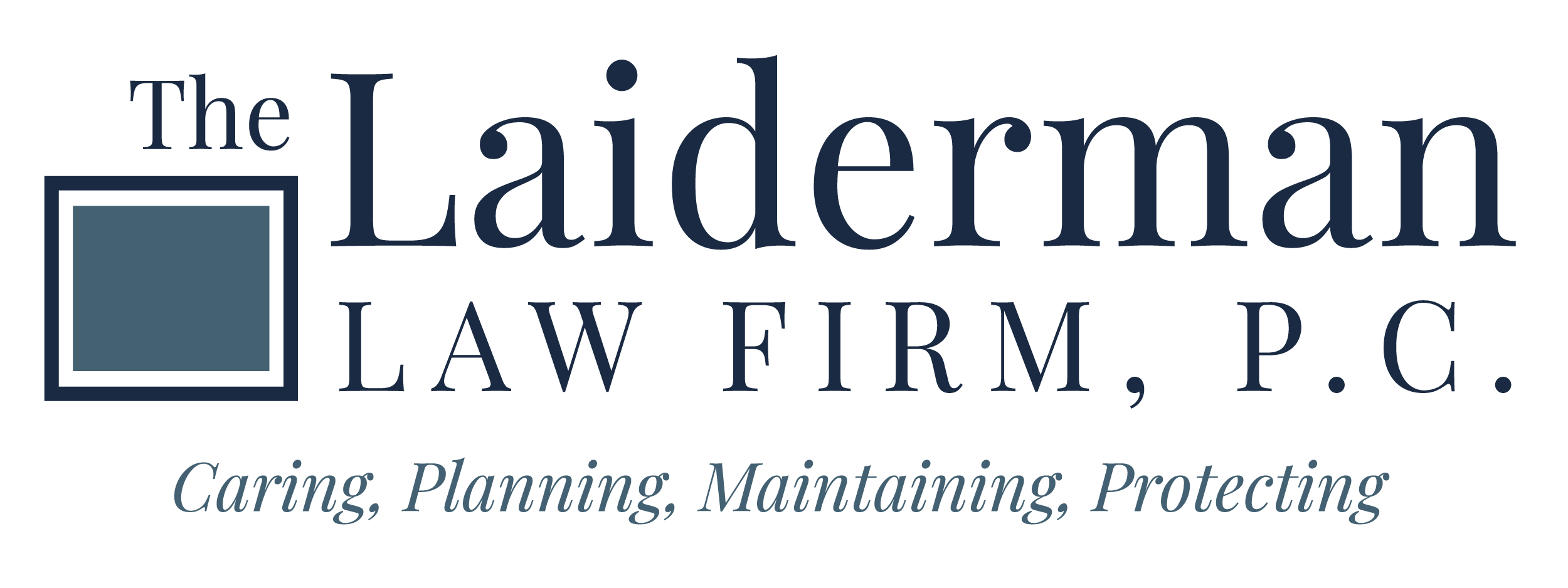The New Year is a great time to take a look at your retirement savings accounts and make 2020 a better year for setting yourself up for success. The 401(k) is the account that most employers offer their employees, and many contribute matching funds to encourage workers to save, which is free money for doing something that you should be doing anyway. Investing may be a challenge, but investing in your 401(k) is the easiest way to do it, says Bankrate in the article “Your 401(k) plan: 5 smart moves to make in 2020.”
Start today. Even if you are only making a modest contribution to your 401(k), starting now is better than procrastinating—again. Most Americans understand the importance and value of investing for their futures, even those who don’t do it. Millennials are focused on buying homes, raising families and paying college loans. They are less focused on saving for retirement, which could lead to issues in their futures. Boomers, on the other hand, regret not starting to save sooner for retirement.
Don’t leave free cash on the table. Take a closer look at your benefits package. If your company offers an incentive match, whatever they match, put that percentage into your retirement fund. Some employers match as much as 50% of your contribution, while others don’t match at all. If you are lucky enough to work for a company that matches, don’t leave that free money behind.
Be more aggressive, if you are years from retirement. If you have a long time until retirement, you may be better off with a portfolio that has more stocks and fewer fixed equities, like CDs and bonds. Many 401(k) plans have target date funds, which automatically shift from an aggressive portfolio into less risky ones, as the owner approaches their retirement date. These are excellent solutions for investors who don’t want the headache of managing their portfolios.
Don’t be too aggressive. Retirees and almost-retirees need to be cautious, shifting to asset preservation rather than playing catch-up in markets, which can be risky. Many people take more risks than they realize.
Consider rebalancing. Various positions in a portfolio change over time, as investments grow at different rates. Target allocations can change, and that means it’s time for a rebalance. For example, if you started with a target allocation of 50% bonds and 50% stocks a few years ago, it’s likely that this ratio has changed. Rebalancing allows investors to take some of their appreciated assets and use them to buy underappreciated assets, selling high and buying low.
One last thought: the Roth 401(k). You put after-tax money into a Roth 401(k) and withdrawals are tax-free. Tax rates now are relatively low, so this might be a good time to fund a Roth 401(k) rather than a traditional 401(k). The new tax laws are set to sunset in 2025, and taxes are likely to rise in the future.
Reference: Bankrate (December 16, 2019) “Your 401(k) plan: 5 smart moves to make in 2020”


